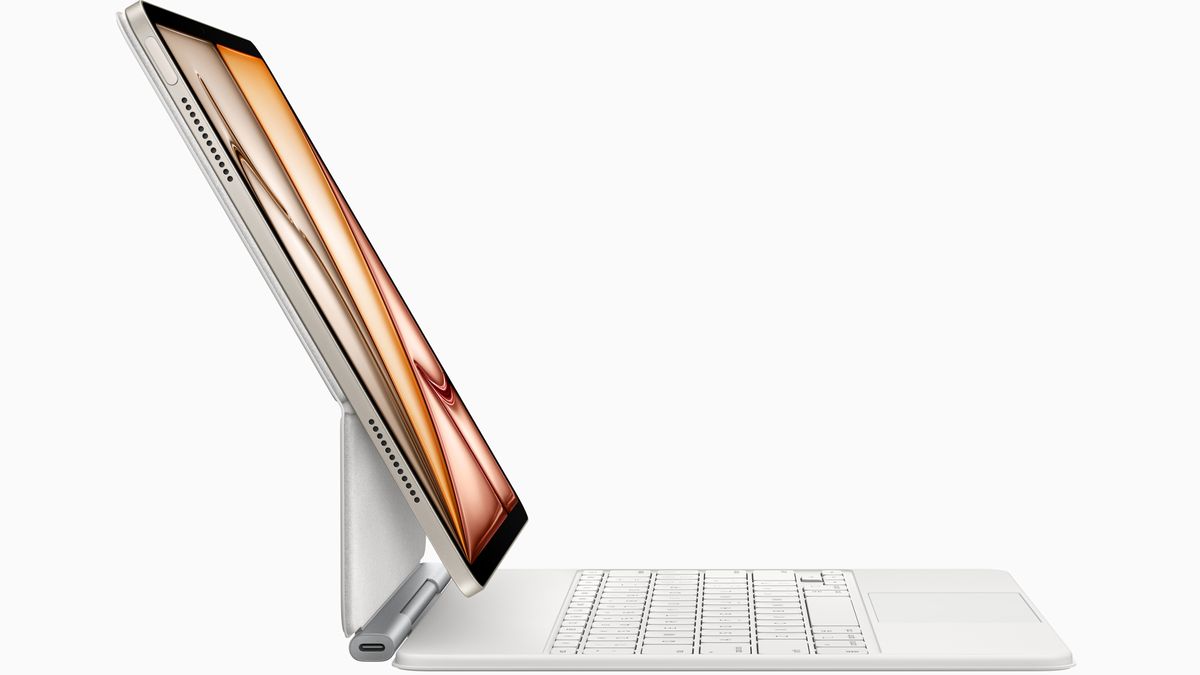Tech Radar
4w
266

Image Credit: Tech Radar
Apple makes one hardware change to the iPad Air that might be the best indicator of its true lightweight tablet intentions
- The latest iPad Air M3 models from Apple showcase a powerful M3 chip, offering faster performance and enhanced intelligence features with a Neural Processor.
- A notable design change in the new iPad Air is the absence of the 'iPad Air' branding on the back, sparking curiosity about its significance.
- Historically, 'Air' products have been lighter and thinner, but recent releases like the iPad Pro have introduced thinner and lighter models.
- The iPad Pro models with Tandem OLED technology are currently the thinnest and lightest, overshadowing the latest iPad Air M3 in terms of dimensions.
- The iPad Air M3 dimensions reveal a 6.1mm thickness, weighing 1.01 pounds for the 11-inch model and 1.36 pounds for the 13-inch model.
- The absence of the 'iPad Air' label on the latest model may suggest a shift in the traditional 'Air' lightweight connotation, emphasizing other features and affordability.
- While the iPad Air M3 is not the thinnest or lightest option, its combination of price, performance, and support for accessories like the Pencil Pro and Magic Keyboard make it a compelling choice.
- The iPad Air M3 starts at $599, offering near-M4 power at a more affordable price point compared to the pricier iPad Pro models.
- Apple's decision to remove the 'iPad Air' branding hints at a redefinition of what it means to be an 'Air' model, emphasizing value and capabilities over sheer weight and thickness.
- The article questions the significance of the 'Air' designation in the context of evolving iPad models and the changing landscape of Apple's product lineup.
- Ultimately, the choice between iPad models is no longer solely based on the 'Air' descriptor but considers factors like performance, pricing, and feature compatibility.
Read Full Article
16 Likes
For uninterrupted reading, download the app